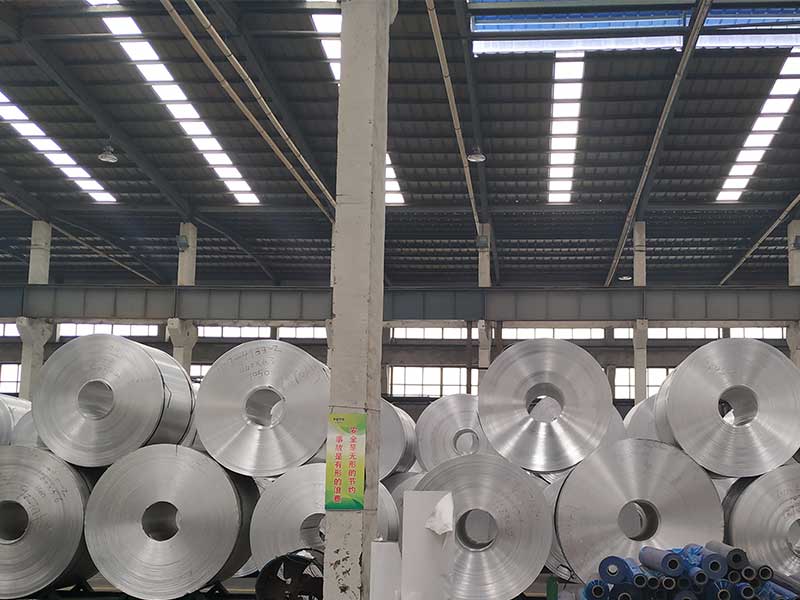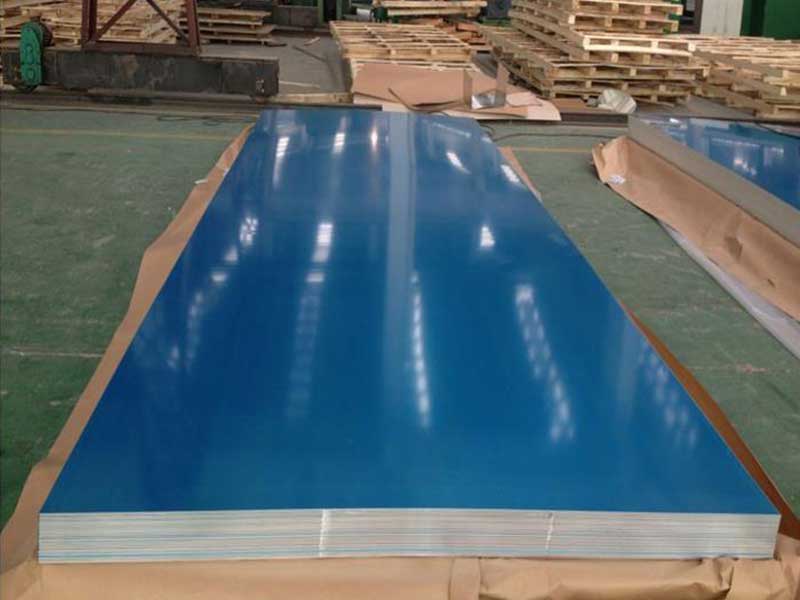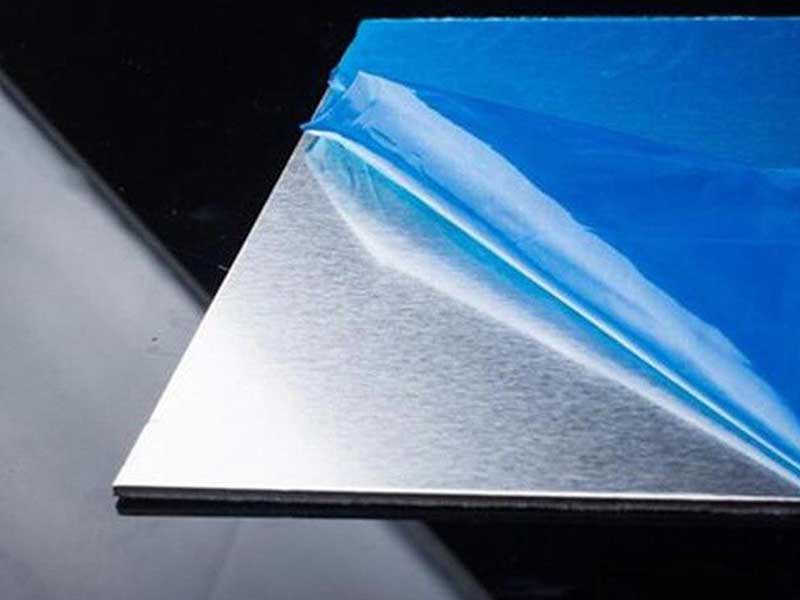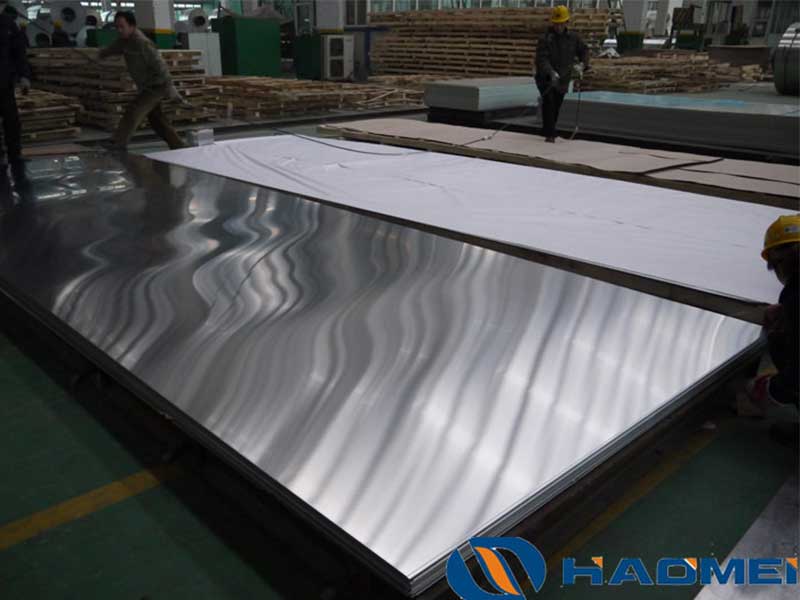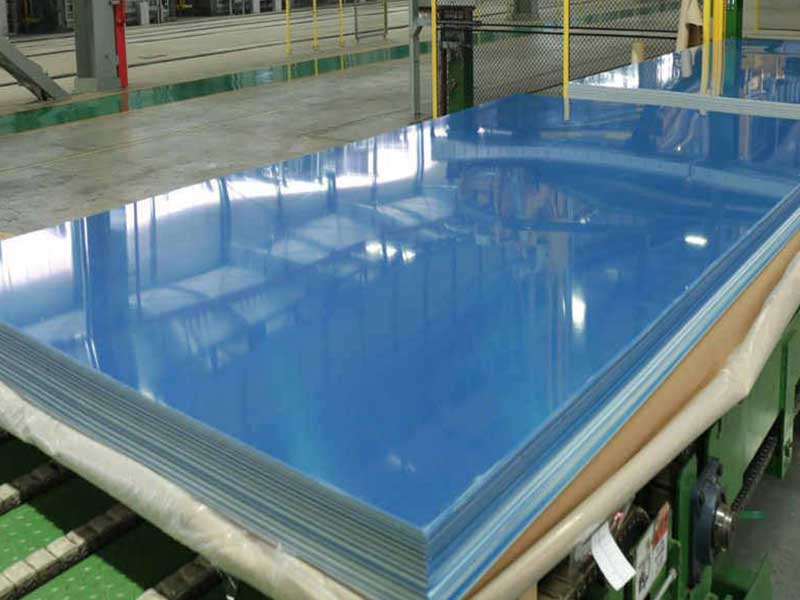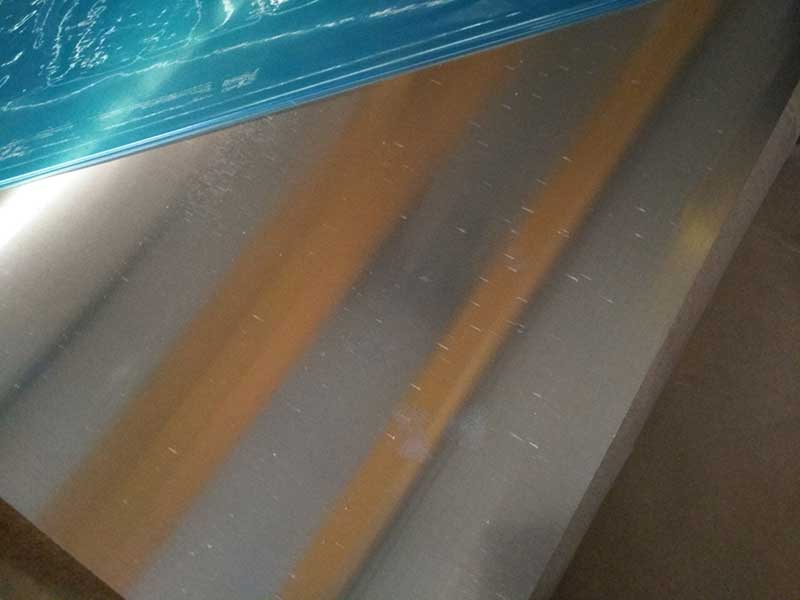Aluminum Sheet with Temper H14 H16 H24 H18
Aluminum Sheets with Temper H14, H16, H18, and H24: Functions and Applications
Aluminum sheets are integral to numerous industries given their lightweight nature, corrosion resistance, and excellent formability. Among the many variants, aluminum sheets with temper designations like H14, H16, H18, and H24 play a unique role, emphasizing specific combinations of strength, hardness, and workability. these temper classifications offers insights into how these aluminum sheets function in various applications.
What Is Aluminum Temper?
The temper of aluminum refers to the treatment process that controls its hardness and mechanical properties after the sheet has been formed. These treatments involve controlled amounts of strain hardening (cold working) and, in some cases, subsequent heat treatment. The “H” in these temper codes signifies hardened by strain hardening, and the numbers represent the degree of hardening. This nuance affects the sheet’s strength, ductility, and formability — factors critical to material selection.
Temper H14, H16, H18, and H24
H14: This designation signifies that the aluminum sheet is strain-hardened to a quarter-hard temper without annealing. With a good balance of strength and formability, H14 sheets are tougher than fully annealed (O temper) but maintain moderate flexibility, making them ideal for moderate forming done at room temperature.
H16: Representing a half-hard temper, aluminum sheets with H16 offer a moderately higher strength and hardness than H14. The increase arises from additional cold work, although ductility decreases somewhat. This makes H16 sheets better suited for applications needing additional strength but still requiring some shaping.
H18: As a three-quarter hard temper, H18 sheets possess high strength but reduced ductility, making them more rigid and resistant to deformation. This hardness state is valuable in structural sections where rigidity and moderate formability are important.
H24: This temper is unique because it blends strengthening and partial annealing, often termed strain-hardened and partially annealed. The result is a well-balanced stronger aluminum sheet that remains reasonably formable, perfect for processes requiring some bending or drawing post-hardening.
Technical Properties of These Tempers
Each temper alters mechanical properties like tensile strength, yield strength, and elongation:
| Temper | Tensile Strength (MPa) | Yield Strength (MPa) | Elongation (%) |
|---|---|---|---|
| H14 | ~190 - 230 | ~120 - 150 | 10 - 15 |
| H16 | ~230 - 270 | ~160 - 190 | 7 - 11 |
| H18 | ~270 - 310 | ~210 - 235 | 5 - 8 |
| H24 | ~210 - 260 | ~140 - 185 | 10 - 12 |
These variations govern the choice of temper for specific use cases.
Applications
Automotive Industry: Aluminum sheets in H14 and H16 tempers are prevalent in automotive body panels and parts where shaping combined with strength is vital. The temper enables easier stamping yet maintains crash and fatigue resistance.
Construction and Architecture: H18 is often favored for structural panels, roofing, and siding where rigidity is more mandatory than formability. The increased strength accommodates wind load resistances and structural durability.
Aerospace: Aerospace components demand a tight balance between weight and strength. H24 tempered aluminum sheets are ideal as they offer a durable yet workable solution for aircraft skins and support structures.
Manufacturing of Appliances & Packaging: The good surface finish of H14 H16 tempers makes them suitable for decorative applications and lightweight packaging materials.
Why Selecting the Right Temper Is Crucial
Choosing the correct temper impacts the final product quality — balance between durability, machinability, and how easy a material is to shape influences manufacturing costs and product lifespan. Engineering compatibility with the applied stresses in the final use ensures reliability for consumers and industrial end-users.
https://www.al-alloy.com/a/aluminum-sheet-with-temper-h14-h16-h24-h18.html


